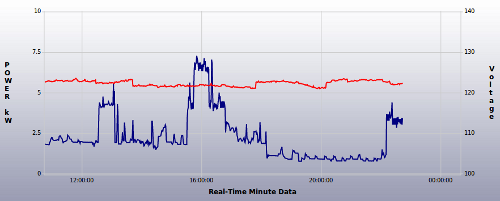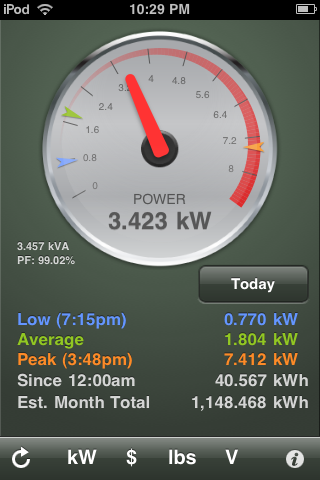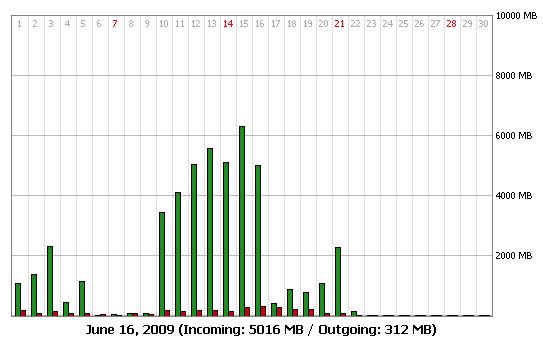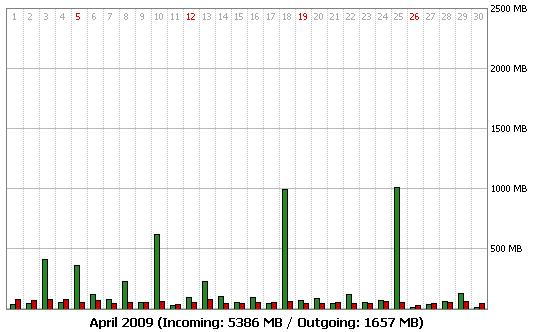 Recently I got a new car (my old Civic pictured above). In the past when doing this I’ve let the dealer take my old car as a trade. Generally when trading in a car, you’re at a disadvantage. The sales person is able to manipulate two values: the price of your trade in and the discount from MSRP on your new car. Other interesting twists in the price are financing, administration fee, destination charges, etc. The standard trick in sales is to confuse you a little about the numbers, and try to get you to make an emotional decision on the new car (I really love feature X and can’t live without it).
Recently I got a new car (my old Civic pictured above). In the past when doing this I’ve let the dealer take my old car as a trade. Generally when trading in a car, you’re at a disadvantage. The sales person is able to manipulate two values: the price of your trade in and the discount from MSRP on your new car. Other interesting twists in the price are financing, administration fee, destination charges, etc. The standard trick in sales is to confuse you a little about the numbers, and try to get you to make an emotional decision on the new car (I really love feature X and can’t live without it).
Generally, selling your car privately will result in you coming out ahead. I had never sold a car privately before, I’d been a buyer in the past and selling isn’t much harder than buying. I’ll try to cover what is needed to sell your car, and later touch quickly on how to decide if you’re better off trading it in.
What you need to sell a car (in Ontario):
- Used Vehicle Information Package
- Emissions Test (eTest)
- Safety Standards Certificate (Safety)
- Buyer
Technically, you don’t need the Emissions Test or the Safety Standards Certificate – those are requirements for the buyer to have in order to register the car. You could sell the car “As Is” and let the buyer sort these details out.
On the day of the sale:
- Fill in the ‘bill of sale’ on the Used Vehicle Information Package
- Complete the Application for Transfer found on the back of the “vehicle portion” of the registration
- Keep your plates and the plate portion of the registration
Looks pretty easy right? Check the Ministry of Transportation site for additional details.
So how much is your used car worth? There are plenty of places that will charge you for this information, but you can get by without paying anything (much). First check out the CanadianBlackBook site, it has both listings for used cars but a reasonably nice interface to query the trade in value and the average asking price for your car. No registration required.
In my case – a Honda 2004 Civic with 93,000kms came out like this:
- Trade in: low $4535 high $5885
- Average asking price: $6725
There isn’t a big delta between those numbers, but keep in mind that’s average asking price. Looking on AutoTrader and Kijiji there were plenty of comparable Hondas being listed for $8000 or more. Speaking of those two sites, they are also good places to go to check for used pricing – but lack useful interfaces to extract the data.
Let’s say the initial research convinces you to sell privately. Go get the Used Information Vehicle Package, it was $20 including tax. This also lists two values for the car, a wholesale and a retail price. In my case:
- Wholesale: $4450
- Retail: $6250
Now the buyer is going to need to pay sales tax (%13 in Ontario currently) on the purchase when they register it. Tax is paid on the greater of the sale price, or wholesale.
So now you put on your thinking cap, and decide on a reasonable asking price. Expect to be bargained with. I got lots of low-ball bids, but generally people were starting 20% lower than asking if they were at all serious. I’ll suggest Kijiji is a good site to use, it is free and seems to have lots of people looking for cars. One problem with Kijiji in general is there seem to be a lot of no-shows and people who aren’t serious at all (I got an offer that was %60 below asking). The internet is full of stupid, don’t let it get to you.
Consider seriously getting your car professionally cleaned. Shop around a bit, but you should be able to get it done under $150 taxes included. Buyers will be impressed at how “spotless” your used car is looking. The eTests is about $40, and the Safety was around $100.
I’d suggest getting the Safety done first, you may find that there are unexpected repairs needed. Of course the Safety is only good for 36 days – but unless you’ve set an unreasonable price it’ll sell before that. The eTest might turn up problems not found by the Safety, but it really shouldn’t. Having both the Safety and eTest done will attract more serious buyers and help justify a premium price.
When you write up your ad for Kijiji, make sure you’ve got some nice pictures of the car. Make sure to list the details of the car, any special accessories, the eTest and Safety status, any value adds you might have (winter tires). Spend some time reviewing the various other listings for similar cars and take some notes. You want things to read clearly and provide details (and you’ll be surprised at how poorly people read).
One bit of advice I got from the Ministry of Transport – it’s best to finalize the sale at the service counter so you can see that the new owner has registered the car. Until it has been registered against someone else, the VIN is still tracked to you as the owner.
In my case, it was a learning experience. I might have balked at doing the private sale if I had looked at the price delta between wholesale and retail, but at this point I’m glad I didn’t. I cleaned the car 1st, and assumed the eTest and Safety would go fine. The eTest did, but the Safety turned up a very common problem with my Civic – a cracked exhaust manifold. This is an expensive repair – then again, it’s possible the dealer would have spotted that too and offered me basically nothing for a trade-in.
I had found a buyer via Kijiji in no time at all (less than 12hrs). At the time I hadn’t had the safety done yet, and once that failed things went south with that deal. After some thought, I put it on Kijiji again – “as is” with a lower price to accommodate the repair. Within 36hrs I had a buyer, and the transaction was complete within the week.
Doing a trade-in with the dealer is certainly a lot easier, but selling a car privately is easy enough that I’ll likely do it again.




